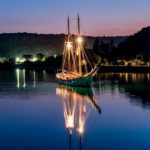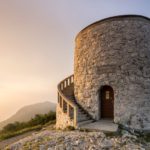At the relief belt of Dalmatian hinterland lies town of Knin. Citizens of Knin call it “town on seven rivers” as it lies on seven rivers: Krk, Butižnica, Orašnica, Kosovčica, Krčić, Radljevac and Marčinkovac. Knin is surrounded by nine mountains: Orlovica, Ilica, Plješevica, Bukovac, Badanj, Dinara, Kozjak, Svilaja and Promina.
Krka is one of the most beautiful European rivers and it springs right here, in the area of Knin, like nowhere else in the World, below the waterfall of the other river – Krčić. Krčić River ends its way falling down 22 meters high limestone rocks straight into the spring of Krka, giving the impression that it just continues the flow.
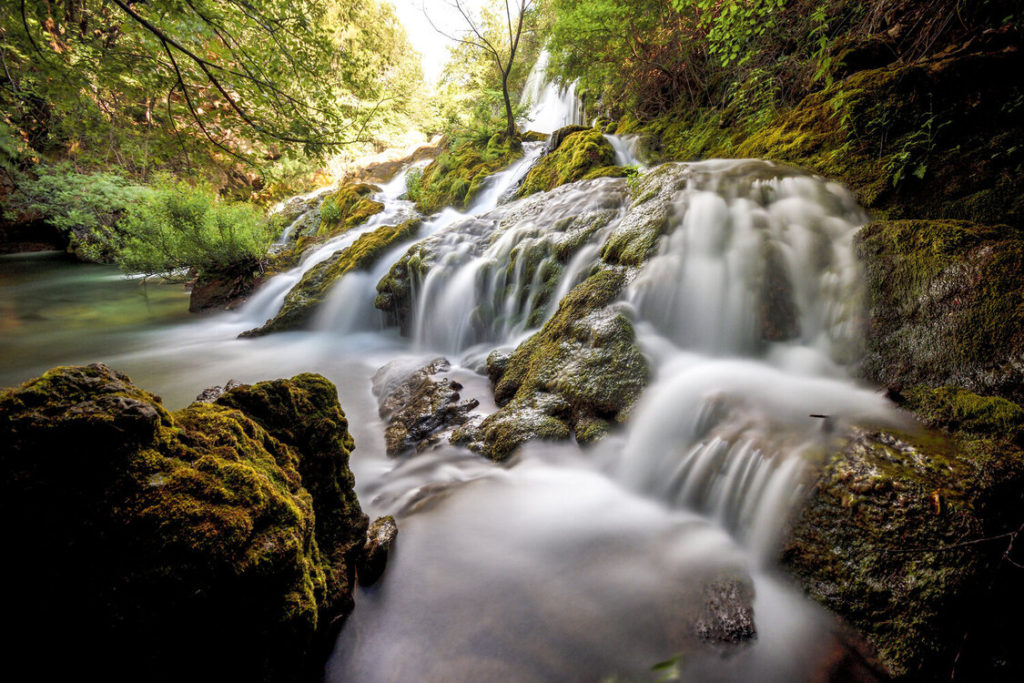
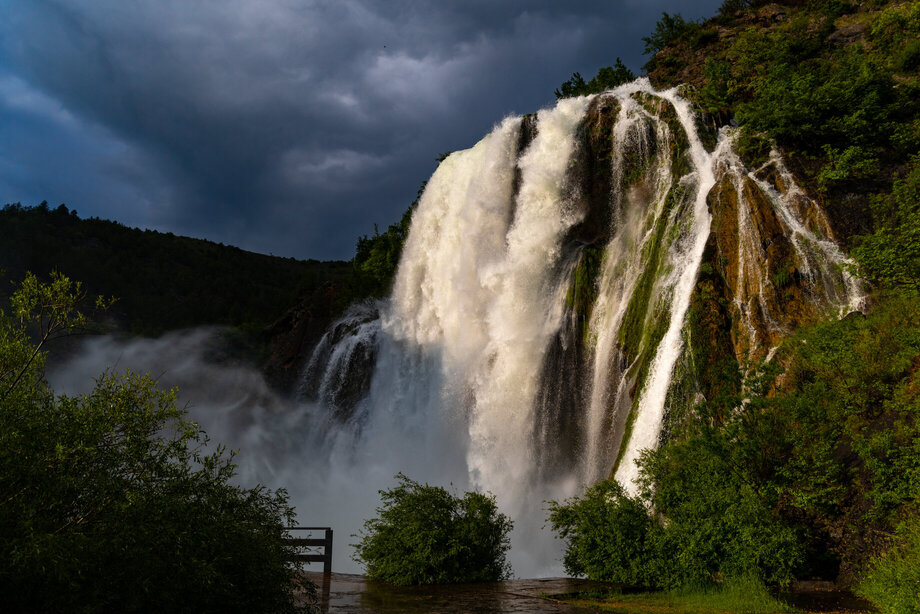
Actually, Krka creates slowly its way from that point. Calmly at first through Knin and Kosovo valleys. It accepts tributaries strengthening the waters all the way to Krka canyon. Seven picturesque waterfalls are situated along that way. The first one is Bilušića buk, the only one without hydropower plants.
Brljan follows whose waters, along with the waters of Ćorić Lake, move on hydropower plant Miljacka. Waterfall Manojlovac is the highest and the most beautiful, created of numerous limestone barriers. At this point the beginning of sub-Mediterranean vegetation is obvious. Its waters feed the hydropower plant Miljacka.
The other four waterfalls are Rošnjak, Miljacka, Roški slap, and the most attractive, Skradinski buk, which for decades up to now attracts dozens of thousands of tourists from all over the world. Visovac Lake settled between Roški and Skradinski waterfalls, which is actually an expansion of the river.
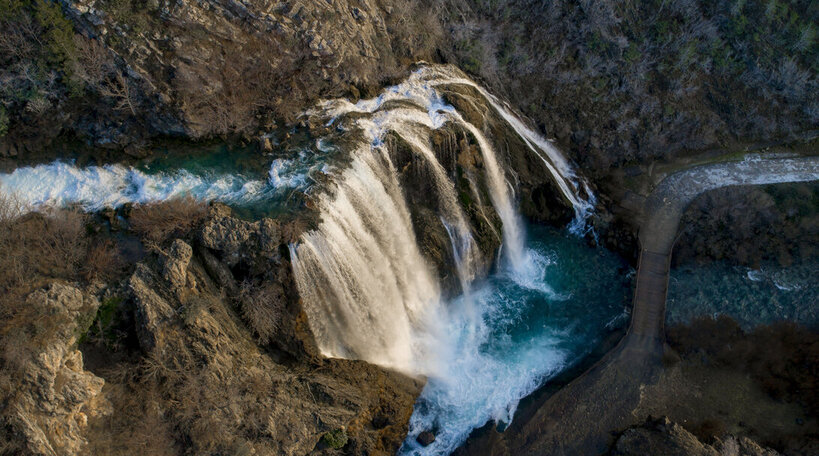
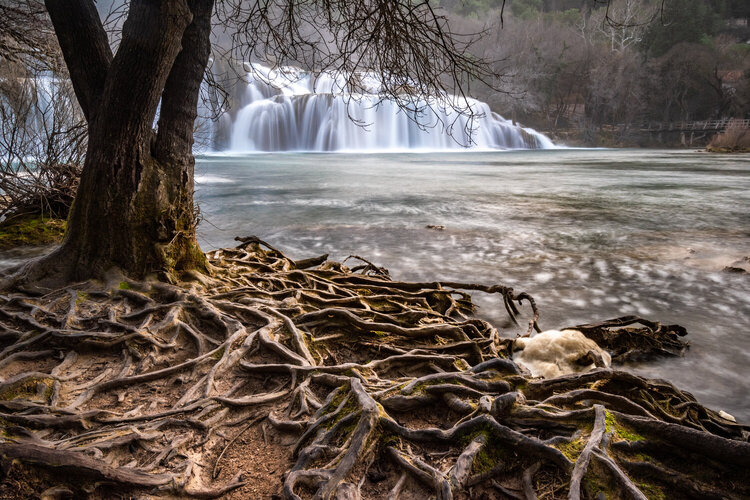
Thanks to the combination of mainland and Mediterranean areas the characteristic of Krka is great biodiversity and the richness in flora and fauna. A variety of species, fish, birds, and amphibians, live there. Some of them are endemic species. Bets found the shelters in the limestone caves. They are endangered species why the care of their preservation is quite often.
Krka, in the flow from Knin to Skradin, was proclaimed a national park in 1985.
The entire area of Krka flow is reached with historical monuments and cultural heritage. We have the fortress of Knin, spatially largest in Croatia, with museums and galleries from different ages as well as educative tours for the visitors. It is just a natural viewpoint situated immediately above the town.
Roman Burnum is famous as well. Partly it functions for the purpose of the festivities and thematic workshops.

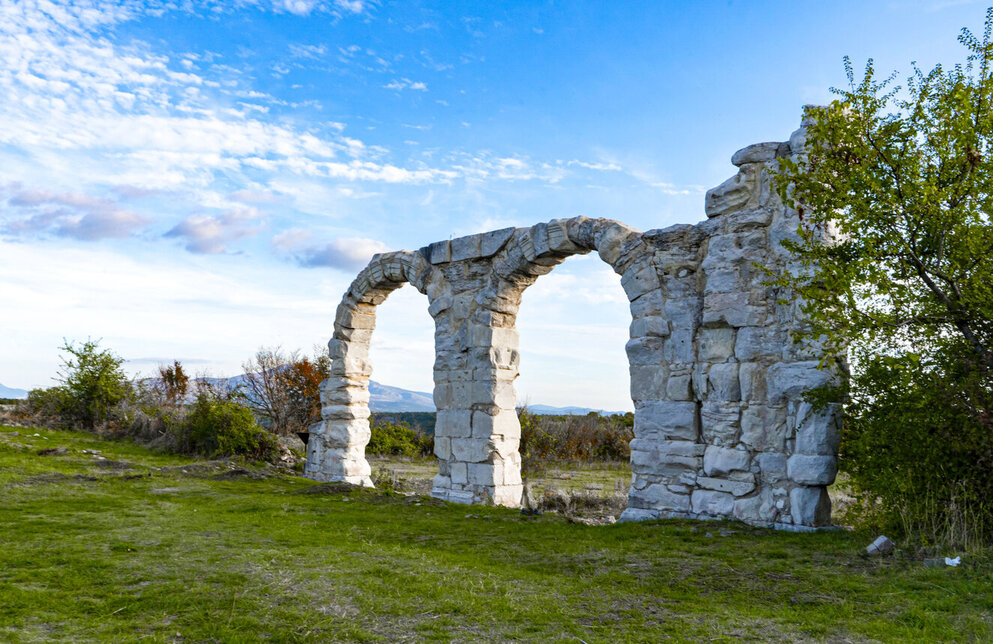
Ecological Association “Krka” in its genesis and activities, is closely related to the river, whose name it bears. Within the last fifteen years, Krka is successfully alarming the public and relevant institutions about the need for preservation and protection of this karsts jewel but also incites the institutions for the development of sustainable tourism. The Association is most certainly has prepared and educated new, ecologically aware generations through numerous activities, workshops, and a variety of thematic educations.

Krka association is the founder of social enterprise „Marunuša“ j.d.o.o. which operates in
Ecological Info Centre at the headwaters of Krka River in the town of Knin. Boating and canoeing, bicycle riding, use of fireplace and grill, as well as refreshments in café bar Marunuša, are some of the offers. The ambiance is rustic,
calming, all in greenery, straight at the bank of Krka. Children are specifically attracted by a treehouse, trampoline, and cottage for toys and books.
The following e-mail is available for all information:
marunusa.jdoo.knin@gmail.com
Autor: Inga Kukolj / www.tz-knin.hr
Photography: www.tz-knin.hr

